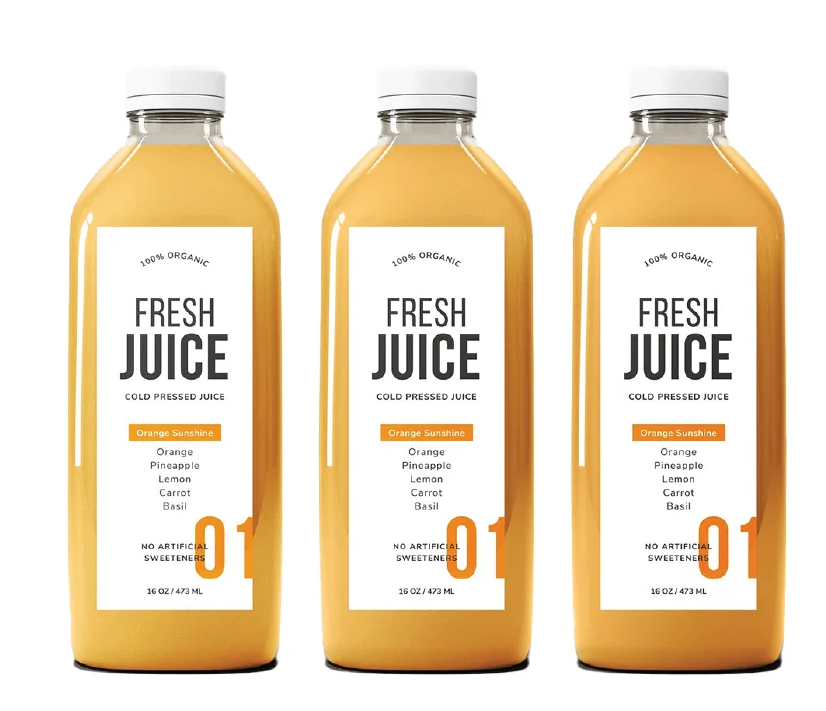Email cannot be empty
Password cannot be empty
Email format error
Email cannot be empty
Email already exists
6-20 characters(letters plus numbers only)
The password is inconsistent
Email format error
Email cannot be empty
Email does not exist
6-20 characters(letters plus numbers only)
The password is inconsistent


How to Choose Bottle Label Materials?
Choosing the Right Bottle Label Materials for the Competitive Beverage Market
The beverage market, including drinking water, is fiercely competitive with new players continuously emerging and traditional brands innovating. The rise of e-commerce and delivery platforms has cultivated online consumption habits. Consequently, various label printing techniques, especially flexographic printing, have gained popularity. Unlike traditional gravure printing, flexographic printing showcases unique features on bottle labels. Here's a detailed comparison of label material options for different scenarios:

Considering environmental sustainability and the recyclability of plastic bottles, it is crucial to select adhesive materials that match the bottle material. Common plastic bottle materials include high-density polyethylene (HDPE), low-density polyethylene (LDPE), polypropylene (PP), and polyester (PET). Bottles can be transparent or opaque and vary in their deformability (e.g., fully squeezable, semi-squeezable, and non-squeezable). Surface finishes can be glossy or matte (pearlescent) and may have regular or irregular textures. The table below provides guidance on selecting label materials based on these factors:
|
Bottle Condition |
Material Options |
|||
|
|
Squeezable |
Semi-Squeezable |
Non-Squeezable |
|
|
Regular surface |
Transparent Gloss |
Clear PE, Unstretched PP, Clear PVC |
Clear PE, Unstretched PP, Clear PVC |
Clear BOPP, Clear PET |
|
|
Opaque Gloss |
White PE, Metalized PE,PP/PE,White Composite,White PVC |
White PE, Metalized PE,PP/PE,White Composite,White PVC |
White or Metalized BOPP,White or Metalized PET, White Polystyrene PS |
|
|
Transparent Matte |
PP/PE Clear Matte Composite |
PP/PE Clear Matte Composite |
PP/PE Clear Matte Composite, Clear Matte BOPP |
|
|
Opaque Matte
|
PP/PE Clear or Matte Composite |
PP/PE Clear or Matte Composite |
Clear PP/PE,Matte White Composite, Clear or Matte BOPP |
|
Irregular Surface |
Transparent Gloss |
Clear PE, Unstretched PP, Clear PVC |
Clear PE, Unstretched PP, Clear PVC |
Clear PE, Unstretched PP, Clear PVC |
|
|
Opaque Gloss |
White PE, Metalized PE,PP/PE,White Composite,White PVC |
White PE, Metalized PE,PP/PE,White Composite,White PVC |
White PE, Metalized PE,PP/PE,White Composite,White PVC |
|
|
Transparent Matte |
PP/PE Clear Matte Composite,Clear Matte PE |
PP/PE Clear Matte Composite,Clear Matte PE |
PP/PE Clear Matte Composite,Clear Matte PE |
|
|
Opaque Matte
|
PP/PE Clear, Matte White Composite,Matte PE |
PP/PE Clear, Matte White Composite,Matte PE |
PP/PE Clear, Matte White Composite,Matte PE |
Considerations for Choosing Paper Label Materials for Plastic Bottles
Paper label materials, which are inherently non-stretchable, can deform or tear under stress due to the elongation of paper fibers. Historically, self-adhesive paper labels were uncommon on water bottles, but recent technological advancements have led to their increased usage. Paper labels are better suited for rigid, non-deformable bottles with regular surfaces, such as glass or hard plastic bottles. When used on deformable plastic bottles, labels may wrinkle, lift, or detach. Ensuring bottle rigidity post-filling can mitigate these issues. Consider the curvature and adhesion compatibility when applying labels.
Choosing between lamination and varnishing for adhesive labels is crucial during the design phase. Lamination enhances aesthetics and provides water, corrosion, and ink protection but turns paper labels into composite materials, making them prone to edge lifting, especially on curved surfaces. Lamination requires high adhesion quality, potentially causing issues and economic losses. Alternatively, UV varnishing can solve these problems, reducing costs and improving recyclability and environmental impact.

Selecting Label Materials for Glass Bottles
Applying self-adhesive labels to glass bottles enhances product decoration, increases production efficiency, and adds value. However, the material of the glass bottle demands specific considerations for adhesives and surface materials. Below is a table highlighting key factors to consider:
|
Bottle Type |
Liner Material |
Surface Material |
Adhesive |
Notes |
|
Glass / Ceramic |
Coated PE Liner |
Aluminum Foil Paper, Mirror Paper, Copperplate Paper, High Gloss Paper, BOPP Film |
Permanent adhesive with wet adhesion characteristics, strong adhesion, acrylic emulsion or hot melt adhesive |
Mostly hand-applied labels; bottles typically non-recyclable |
|
Glass / Ceramic |
"Glassine" Liner |
Permanent adhesive with wet adhesion characteristics, low-temperature resistance, waterproof, and can be removed by soaking in water, acrylic emulsion adhesive |
Mostly automatic labeling; bottles are recyclable, labels can be removed |
For expert advice on selecting label materials, visit our website www.sigapackaging.com where our specialists offer professional guidance.

